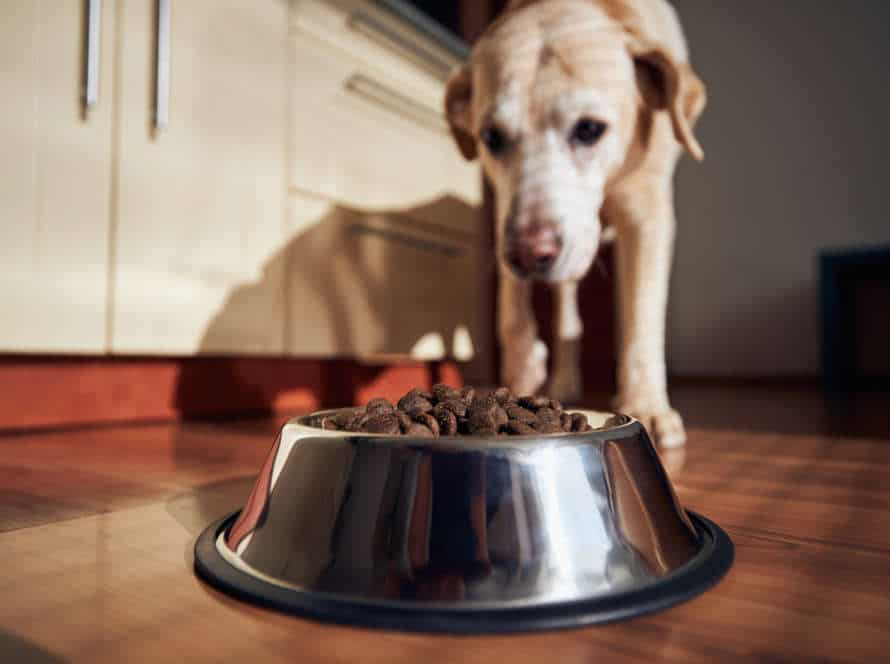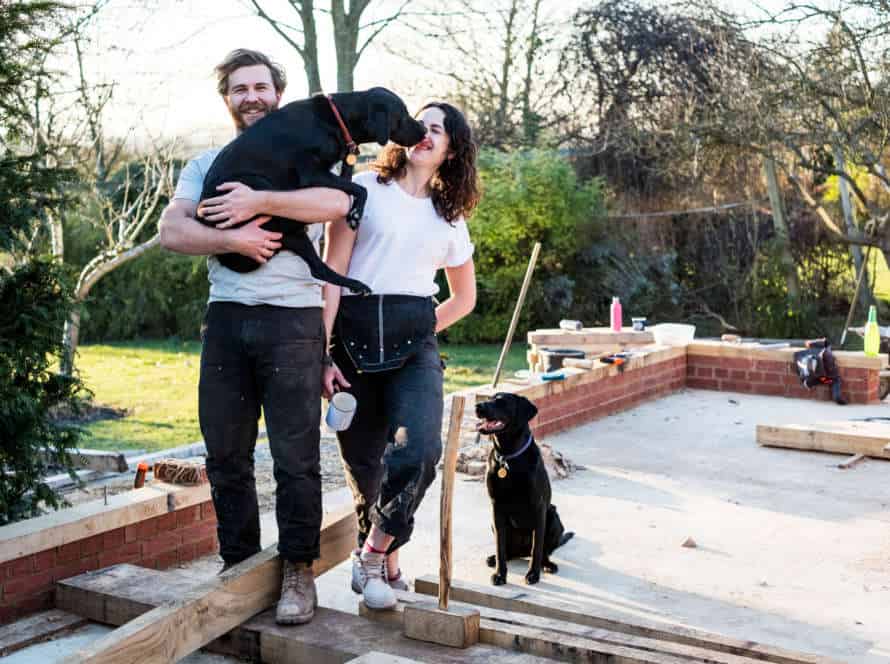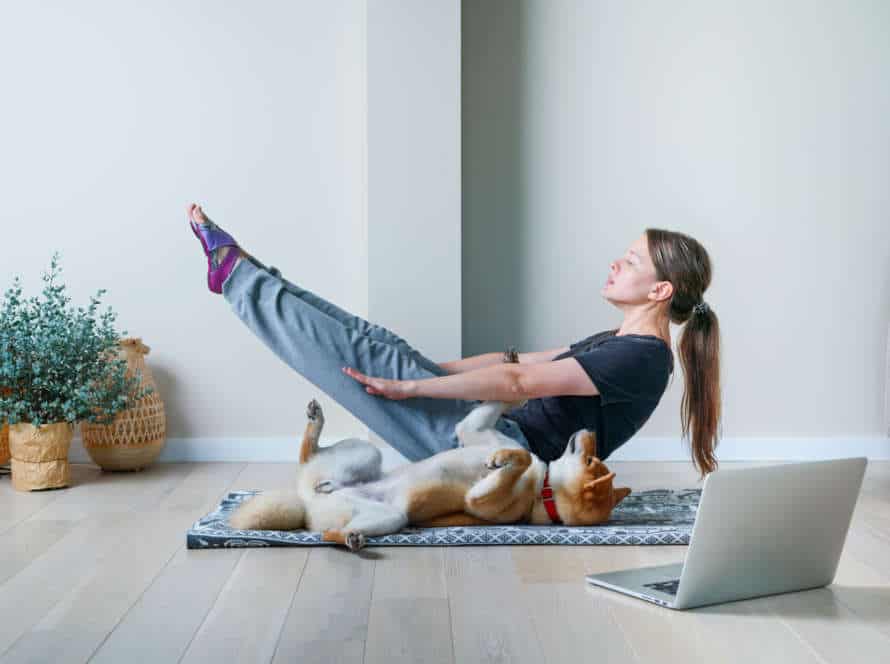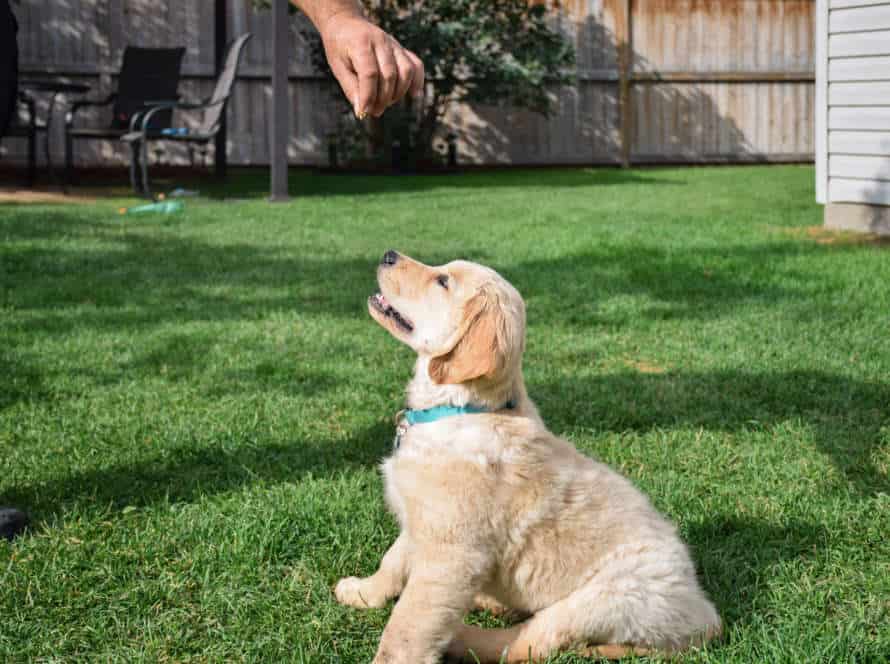The Importance of Exercise for Your Dog’s Health and Well-Being
Regular exercise is a must for your pup’s health and well-being. They need physical activity to stay trim, have an active mind, and build strong muscles and bones. Exercise keeps obesity, joint troubles, and other health concerns away.
Here are some benefits of regular exercise for your pup:
- Keeps weight in check and prevents obesity and its diseases.
- Muscles and bones staystrong and the risk of injury goes down.
- Improves heart health and endurance too.
- Stimulation of their minds through exploration and socialization.
- Reduces anxiety and promotes good behavior.
Be sure your pup gets the exercise they need. This not only keeps them healthy, but also boosts their quality of life. Pro Tip: Consult with a vet to know how much exercise your dog needs based on their age, breed, and health status.
Physical Health Benefits of Exercise for Dogs
Exercise is a must for keeping your pup fit. It helps them stay slim, build muscles and bones, and even reduce their risk of arthritis. But did you know there are other physical health benefits? Let’s take a look.
Helps maintain healthy body weight
Exercising regularly keeps dogs in shape and helps them to maintain a healthy weight. This lowers the risk of obesity-linked health issues like joint troubles, diabetes, and heart disease.
It also helps dogs release their energy, fight boredom, and reduce anxiety and bad behavior. Taking them for walks, playing fetch, and taking them to the dog park are great ways to keep them active and mentally stimulated.
Remember to consider your dog’s age, breed, and health when designing an exercise plan. Speak with your veterinarian to find the best exercise plan that fits your dog’s needs.
Keeps bones and joints healthy
Exercising our furry friends is more than just beneficial – it’s essential! It helps keep their bones and joints in optimal condition so they can live longer, active lives. Plus, exercise plays an important role in your pup’s physical health and overall wellbeing. Here are a few perks of exercising your pup:
- Stronger muscles and more stamina.
- Improved circulation and heart health.
- Reduced risk of obesity and health issues.
- Lower stress and fewer behavioral issues.
- Better socializing and mental health.
A happy pup is a healthy pup. So, give your four-legged friend plenty of chances to get physical – whether that’s running, swimming, or a simple walk.
Improves cardiovascular health
Exercise is a must for healthy hearts in pooches. Just like humans, doggies need physical activity each day to stay fit and avoid illnesses.
By making exercise a part of your pup’s day, you can improve their cardiovascular health, to avoid heart disease, stroke, and other cardiac troubles.
For exercise, think brisk walks, swimming, fetch or tug-of-war, and agility training. But, the amount and kind of exercise your pup needs might differ based on breed, age, and overall health.
Before you start a new workout program for your pup, always talk to your veterinarian to make sure it is safe and right for them.
Mental Health Benefits of Exercise for Dogs
Exercising regularly can do amazing things for a dog’s physical and mental health. Studies have shown that regular exercise can help reduce stress and anxiety, as well as boost confidence and happiness. Let’s look at the many mental health benefits of exercising with your canine companion.
Provides mental stimulation
Exercise isn’t just physical. It offers mental stimulation, which is vital for a dog’s health. Mental engagement helps keep dogs active and happy. Here are some of its mental benefits:
- Less stress and anxiety.
- Better memory and learning.
- No more boredom or destructive behavior.
- More confidence and self-esteem.
- Improved socialization with other dogs and humans.
So, exercise and cognitive training should be part of daily routines. Pro Tip: Play interactive games that challenge their mind and body for maximum mental stimulation.
Reduces anxiety and stress
Exercise can reduce anxiety and stress in dogs! It helps them relax, improve mood, and get better sleep. Plus, it increases the production of ‘feel-good’ chemicals like endorphins. Regular exercise is essential to maintain mental health and well-being.
For your furry friend, tailor a daily exercise routine. Ask your vet to determine what’s best based on age, breed, and health status. Exercise can also reduce boredom and destructive behavior. A must-have for your pup’s mental health!
Promotes better sleep patterns
Exercising regularly in dogs is known to enhance their sleep and mental health. How? It increases endorphin production. Endorphins are natural pain relievers and mood-lifters. So, dogs become more relaxed and their slumber is better.
Dogs who get enough exercise during the day tend to be less anxious and hyperactive. This lets them sleep soundly.
Exercising also provides mental stimulation to dogs. This keeps them engaged and energized throughout the day. Resultantly, they sleep better at night.
In short, exercise is vital for a dog’s health and well-being. It affects their sleep patterns and mental health. Make sure to include physical activity in your pup’s daily schedule for better sleep and health.
Types of Exercise for Dogs
Exercise is essential for a pet dog’s health and happiness. To exercise your pup, there are plenty of activities you can do. From long walks to playing fetch – there are various exercises that are great for your pup!
Here are some of the exercises that you can do with your pup:
- Going on long walks
- Playing fetch
- Running around in a fenced area
- Swimming
- Playing tug-of-war
- Doing an agility course
Walking and Hiking
Walking & Hiking: Super Exercise For Dogs!
Walking: Perfect for all ages & sizes. Helps flexibility, cardiovascular health & muscle strength. Offers socializing, exploring & sharpening instincts.
Hiking: High-impact exercise with greater benefits. Improves stamina, endurance & agility. Dogs experience new terrains, smells & sights. Strengthens bond between owners & dogs.
Important: Tailor exercise to individual needs. Age, breed & overall health of your dog matters.
Playing fetch and Frisbee
Fetch & Frisbee – they’re two popular ways to give your pup exercise! Not only are they fun, but they offer real health benefits too. Fetch involves throwing a toy – like a stick or ball – and your pup bringing it back. Frisbee is the same, but with a disc-shaped toy.
Benefits? Well, playing fetch & Frisbee:
- Helps your pup’s heart stay healthy
- Gives their muscles strength & endurance
- Stimulates their brain & keeps them from getting bored
- Strengthens the bond between you & your pup
A Pro Tip: Always supervise playtime and use toys that fit your pup’s size & chewing habits – to avoid choking or injury.
Swimming
Swimming is great for doggos! Low-impact and works multiple muscles. It boosts their cardiovascular health and builds muscle without hurting their joints.
Certain breeds like Retrievers, Setters, and Spaniels can swim naturally. But not all pups know how to swim. Supervise your pup when introducing them to water.
Invest in a life vest for safety. And join them for a swim – it’s a great bonding experience!
Pro Tip: Rinse off your pooch after swimming to stop chlorine or other chemicals from irritating their skin.
Incorporating Exercise into Your Dog’s Routine
Exercising your pup is essential for their health! It keeps their bones and muscles strong, helps them maintain a healthy weight, and reduces stress and anxiety.
Let’s talk about why it’s important to include exercise in your doggo’s daily routine!
Determining the right amount and type of exercise for your dog
Exercising your dog? Consider breed, age, health, size and more. It’s essential for their health and well-being. Lack of exercise? It can lead to obesity, barking, anxiety, and other issues.
In general, 30 minutes to 1 hour daily. But, this varies depending on your pup. High-energy breeds need more exercise than low-energy ones.
Walking, running, fetch, swimming–try different exercises. Ask your vet first.
Pro tip: Rotate the exercises to keep them mentally stimulated.
Using interactive toys to keep your dog active
Interactive toys can be a jolly way to make sure your pup is active and amused. These toys give physical and mental stimulation, which is needed for their health. By adding interactive toys to their exercise routine, you can stop obesity, help joints and muscles, and reduce the chance of behavioral issues.
Here are some interactive toys to think of:
- Puzzle Toys: These toys test your pup’s problem-solving skills. They must figure out how to get to the treat or toy hidden inside.
- Tug Toys: Tug toys are a good way to build a bond with your pup and get some exercise. Use a strong and safe tug toy.
- Fetch Toys: Fetch toys are a classic way to keep your pup involved and entertained. Pick a toy that is easy to throw and catch.
Always keep an eye on your pup during playtime. Pick toys that are suitable for their size and activity level.
Getting professional help if needed
Incorporating exercise into your pup’s life is essential for its health. But, it can be hard to make a good routine based on its breed, age, and medical conditions. In these cases, getting help from professionals is a great idea. Here are some examples:
- Veterinarians: They can give advice on your canine’s fitness levels and show you workout ideas.
- Dog Trainers: They teach you how to exercise with your pup and add interactive activities to its routine.
- Canine Fitness Trainers: They design personalized fitness plans according to your pup’s needs and abilities.
Pro Tip: Exercise isn’t just good for your pup’s body, but its mental health too. It can reduce stress and keep anxiousness away. So, no matter how busy you are, make sure to include a fun workout routine for your furry friend!
Common Mistakes to Avoid
Exercise is key for your pup’s health and happiness. But, just like with people, there are mistakes you can make when exercising your dog. Here’s a list of the more typical missteps to avoid. That way, your doggo will get the best exercise and stay fit!
Over-exercising your dog
Exercising your dog too much can be bad for their physical and mental health. Knowing their breed, age and general health is key for exercising them right. Here are some common mistakes to avoid:
- Pushing them too hard. Doing so can cause injury, dehydration or exhaustion. Start slowly and increase intensity gradually.
- Ignoring signs of being tired. Keep an eye on them while exercising and slow down if they seem to be tired.
- Not exercising them enough. This can lead to boredom, destructive behaviors and obesity. Exercise is essential for their mental and physical well-being.
Pro tip: Consult your vet to create a personalized exercise plan tailored to your dog’s needs.
Not providing enough hydration during exercise
Providing hydration to your dog during exercise is essential for their health. Here’s how to do it:
- Bring water for them and offer often during breaks.
- Do not give your pup tap water from unknown sources – this can cause stomach upset or illness.
- Watch for signs of dehydration, e.g. excessive panting, laziness, and dry gums or nose.
- Regularly give them small amounts of fluid even after exercise to replenish lost liquids.
Pro Tip: Keep your pup hydrated during exercise to safeguard against dehydration. Always have a supply of water for them when exercising, especially on hot and humid days.
Neglecting to check for signs of injury or exhaustion.
As a pet parent, it’s essential to monitor your fur baby for any signs of injury or fatigue. Not doing this may result in serious repercussions, even death. Look out for:
- Limping, preferring one limb & unable to put any weight on it.
- No appetite or sudden weight loss.
- Constant scratching, biting or licking of an area.
- Abnormal panting, thirst or reluctance to move.
- Vomiting, diarrhea or bloody stools.
- Inability to stand or walk or lack of balance.
Guarantee your pup’s wellbeing with exercise, a balanced diet and regular vet visits. Make sure their exercise environment is safe and sound. Gradually increase their workout intensity and always supervise. Plus, give them massages or joint supplements to help prevent injuries and boost their overall health.
Frequently Asked Questions
1. Why is exercise important for my dog’s health and well-being?
Regular exercise can improve your dog’s cardiovascular and respiratory health, strengthen their muscles and bones, and improve their mood and behavior.
2. How often should I exercise my dog?
The frequency and intensity of exercise will depend on your dog’s breed, age, and fitness level. However, most dogs need at least 30 minutes to an hour of physical activity per day.
3. What types of exercise are best for my dog?
The best types of exercise for your dog will depend on their individual needs and preferences. However, activities such as walking, running, swimming, and playing fetch can be great options for most dogs.
4. What are the risks of not exercising my dog?
If your dog does not get enough exercise, they may become overweight or obese, which can lead to a variety of health problems such as diabetes, arthritis, and heart disease. They may also become bored and destructive, leading to behavior issues.
5. Can indoor exercise be just as effective as outdoor exercise?
Yes, indoor exercise such as agility courses, treadmill workouts, and playing fetch in a large room can be just as effective as outdoor exercise. However, it’s important to ensure that your indoor space is safe and free of hazards.
6. How can I tell if my dog is getting enough exercise?
If your dog is at a healthy weight, has an alert and happy demeanor, and has good muscle tone, they are likely getting enough exercise. If you’re unsure, consult with your veterinarian.







